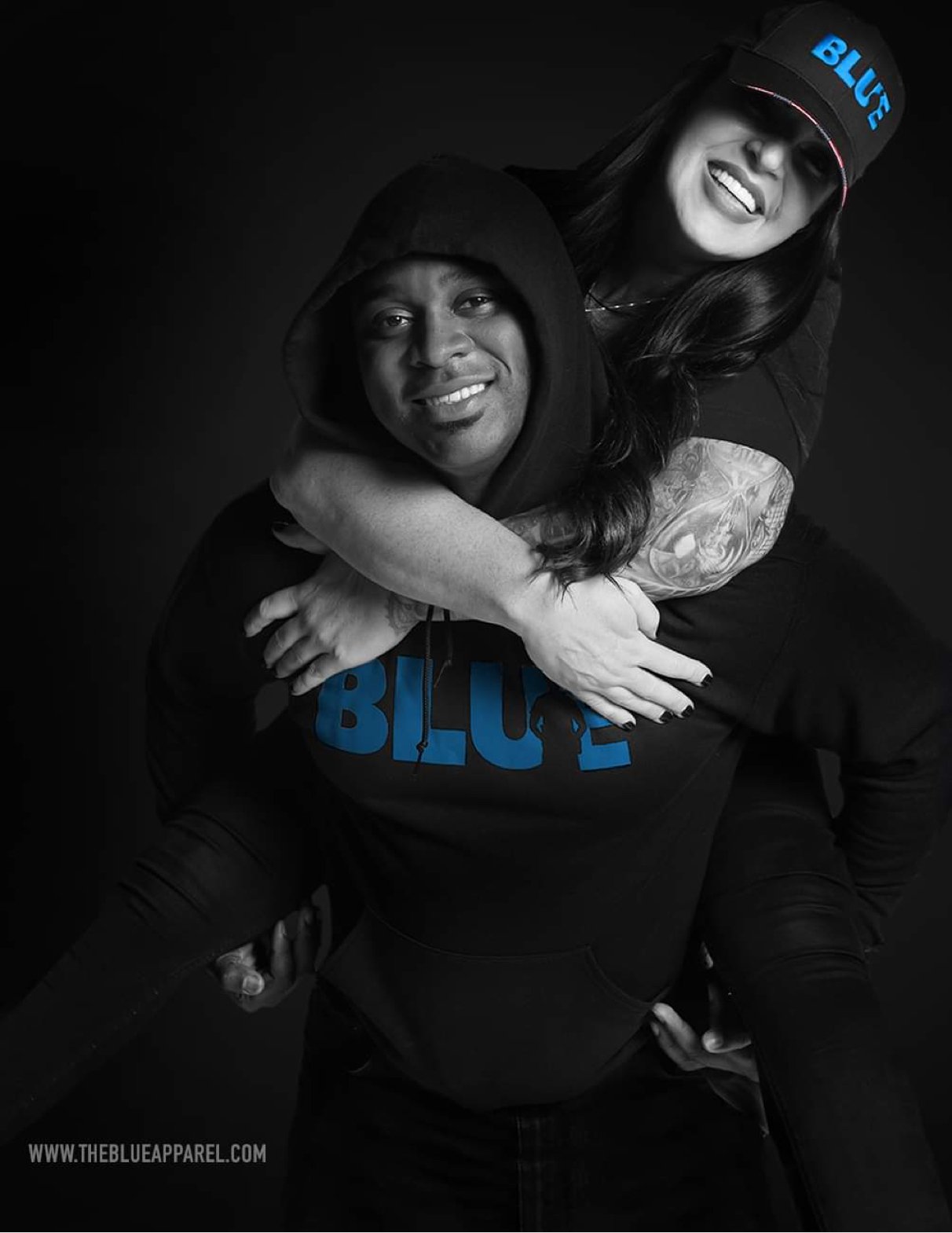Think And Do It Fast
/A tragic case that recently occurred in the state of Louisiana serves as a cruel reminder for police officers about their skills necessary in situations that are tense, uncertain and rapidly evolving. That is language used in a U.S. Supreme Court landmark case Graham v Conner on the use of force. Suffice it to say that when an officer is engaged in a high-speed pursuit, they are attempting to seize an individual making this a constitutional Fourth Amendment issue as well. The reasonableness of the seizure must be considered. Let’s do a refresher because this was avoidable, as a 42-year-old Addis police officer has been charged with multiple counts of negligent homicide and a count of negligent injury in connection with a fatal crash during a high-speed pursuit.
High -speed pursuits are an activity that brings a lot of issues into play. Officers know from their training that they must process a lot of information quickly in their spatial environment. There is an advantage to conducting high-speed pursuits on a rural highway and on a urban interstate because on most interstates and rural highways there are no pedestrians and no cross traffic. Time of day, weather conditions, other traffic in the area are just a few of the things that must be considered. Is the fleeing suspect known or can he be taken into custody at a later time?
Driving a vehicle is a skill. High-speed driving is even more of a skill. A skill is something that has to be continually practiced in order to get good or great at it. Unfortunately, officers don’t get to practice high-speed driving but for a few times a year, usually at in-service recertification. The practice is done on a controlled course. Some agencies use video simulators that are more interactive and lifelike. It is still not enough to do it once or twice a year. To give you some perspective, let’s look at another skill: golf at the professional level. I pick golf for a particular reason. A lot of things go on in a golf swing. There is the backswing, turning of the hips and shoulders while keeping your head down. Then on the forward swing, club head speed comes into play, keeping your head down and bringing the hips back around for the ball strike. All of this has to happen at the same time and in a few seconds. A golfer doesn’t get to think about all of this individually. A golfer has to be aware of where they are on the course. Distance to the hole and where the hazards are in the golfer’s head has to be figured in. Now let me be clear. Before you ask how this has anything to do with what an officer faces in high-speed pursuits, go back to what I said about driving being a skill and that to become proficient at a skill it has to be continually practiced to become not just good but great at it. Most people know who professional golfer Tiger Woods is. In the prime of his career, he was the best golfer on the planet. I use him as an example of being great at a skill. It is reported that at his peak he was hitting 5000 golf balls a day to perfect his skill. Practice, practice, practice your trade. No other professional golfer was doing that, and it is why he was nearly unbeatable. Sure, if a golfer makes an error in the swing, the result is a bad shot. A golfer gets one shot at it. They can’t take bad shots back. There are no do-overs at the professional level. I consider law enforcement officers to be professionals due to their certification and training. They, too, do not get do-overs in those circumstances that are tense, uncertain and rapidly evolving.
This is where an officer engaged in a high-speed pursuit can be compared to any other activity that is considered a skill. To the detriment of our officers, they are not allowed to practice high-speed driving over and over and over. They get one shot at getting it perfect and when they don’t get it perfect, deadly consequences can ensue like in Louisiana. The officer’s actions in Louisiana left two young people dead and another clinging to life after the officer ran through a red light without stopping and struck an uninvolved vehicle as he pursued a fleeing vehicle. The officer was just arrested and charged with negligent homicide. The easy thing to do here is to talk about the terrible loss of life and move on. I won’t do that. That is not second guessing, it’s leadership. Every officer in America needs to be made to stop and think about the ugliness that happened here. Bad and sometimes fatal outcomes have happened before in high-speed pursuits and will undoubtedly happen again. I don’t want it to happen to you or to innocent people driving down the street. So let’s use this as a refresher about high-speed pursuits. Sometimes, catching a fleeing suspect is just not worth it. Sometimes it is better to live to see another day. That is a decision the officer on the scene gets to make. I respect that.
The District Attorney who charged the officer stated that takedown red and blue lights and sirens do not give an officer the authority to run red lights. I’ll add that officers must use due regard for the welfare of others when conducting high-speed pursuits. That means completely stopping at red lights to look for oncoming traffic. They must take into account all the things I mentioned earlier in this column about their spatial environment. I know it’s a lot. The time to think about that is now, not after a disastrous outcome. In other words, what else is going on beside a fleeing vehicle? Like a professional golfer, an officer only gets one chance at getting it right. This Louisiana officer does not get a do-over. Here is the result: This officer’s career is over and he may end up in prison. Two teenagers are dead, and another critically injured. Two families are left to deal with shattered lives.
Agencies all across America need to use this as a case study. Why? Because in the age of budget cuts, the first thing that get axed in budget reductions is usually money budgeted for training. As far as I am concerned, that is malfeasance. In addition to the officer’s life being negatively altered, the city will pay millions in civil damages. Every law enforcement officer and agency needs to think about this today. Let this sink in as you begin your next tour of duty.
Sheriff David Clarke Jr. is former Sheriff of Milwaukee Co, Wisconsin, President of Americas Sheriff LLC, Board member of the Crime Research Center, author of the book Cop Under Fire: Beyond Hashtags of Race Crime and Politics for a Better America. To learn more visit www.americassheriff.com









